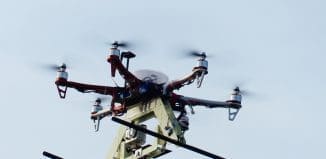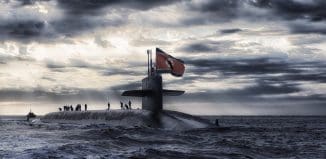World’s First Autonomous Pilot Breathing System
This post is also available in:  עברית (Hebrew)
עברית (Hebrew)
The US Defense Department has been unable to find a root cause for pilots experiencing hypoxia-like symptoms, including disorientation, shortness of breath, confusion and wheezing, among other manifestations.
A new system to predict and respond to pilots’ oxygen needs will be developed soon over this backdrop. It is believed to be the world’s first sensor-driven breathing regulator. Cobham was recently awarded a contract by the US Pentagon’s foreign comparative testing, or FCT, program to begin developing an autonomous pilot life support system called SmartFLO.
The system will monitor and “automatically adjust oxygen dosed to the pilot” based on real-time pilot movements or conditions during flight. “Cobham’s SmartFLO electronic breathing regulator will autocorrect flow to proactively pre-empt the onset of hypoxia-like symptoms if unexpected changes in cabin pressure or excessive expired carbon dioxide levels in the pilot’s breathing are detected to better protect the pilot,” according to a release.
The company is planning to integrate some of the sensors in its current sensor system VigilOX, into, for example, regulator oxygen concentrators, or back-up oxygen systems, so that all the components can communicate with one another and respond to the changing needs of the pilot during flight, according to military.com.
Over the next few years, teams will update the system with an underlying algorithm called the Auto Response Guided Oxygen System, or ARGOS. Officials said the system “will have the ability to control the entire pilot oxygen system from air source to mask” through the algorithm, which is continuously communicating, synching and connecting with the pilot.
The VigilOX system is currently gathering pilot data as Cobham experts help the Navy and NASA analyze the information.
The sensors monitor what a pilot may endure in real time: breathing rate, pressure flow, cabin pressure, temperature and humidity, among other factors.





























